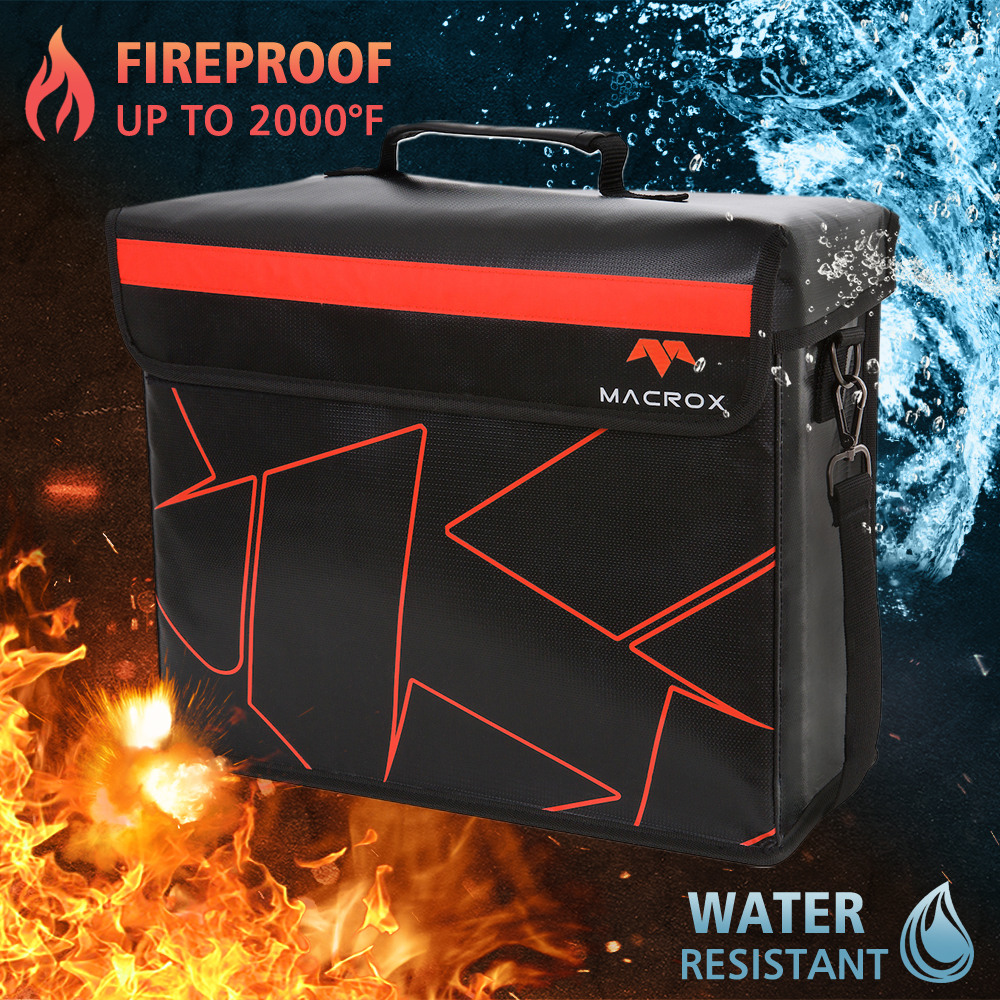How to Preserve and Archive Old Family Documents?
When we inherited old family documents such as ancestor’s marriage certificate, property deed, letters, and legal documents, we should take careful steps to preserve and archive these family history documents.
Most old family documents are printed or handwritten on papers of different quality. Documents dealing with kinship (birth and marriage certificates) or property (wills, land deeds) were often printed or written on higher quality cotton fiber paper (rag paper). This type of paper is strong and able to survive from folding, creasing, and rolling. In contrast, documents intended for temporary use such as receipts or daily news, or those produced during wartime shortages were often made with low-quality high-wood-pulp paper that deteriorates quickly due to high-acid content.
Most of the manufactured paper and card contain acid, however, acid within the paper will cause it to age and disintegrate much quicker, particularly when subjected to heat and light. Lignin is the element within wood pulp paper which helps bond the fibers together. Lignin enhances the acidity within paper so as the age of the products the lignin can cause the paper to become brittle and yellow just like a newspaper does.

Apart from the damage from paper natural deterioration, such as disintegration and yellowing, another potential damage we should consider preventing is unexpected natural disasters such as fire, hurricane, and flood.
How to Preserve Old Family Documents?
- Before you handle old documents, wash your hands to avoid transferring oils to paper and work on a clean, flat surface.

- Carefully unfold the document and remove any staples, pins or fasteners. If the paper seems brittle, allow it to gently relax as it absorbs moisture from the room. Do not press or force flat. Use a microspatula tool to gently fold back any creased corners.
- Place each item in an acid-free, lignin-free folder or archival plastic enclosure. Archival folders and heavy archival plastic sleeves help support fragile documents. Acid-free sheet protectors are suitable, but don’t are too flimsy to add support. All materials should be archival quality acid-free, lignin-free paper or plastics that have passed the Photographic Activity Test.

- Store folders or sleeves inside fiberglass fireproof and water-resistant document bags such as Flypal fireproof and water-resistant document bag. The upright document bag is like a mini-filing cabinet and keeps items from being flattened by the weight of stacked items, as well as provides protection from light, dust, fire and water.

- Store the document bags inside your home archive. Choose a location that is free from light, dust, and pests and has a consistent moderate temperature and humidity. An interior closet with shelves at least 12-inches off the floor is often a good place to create a home archive. Avoid storing your family papers or artefacts in the attic, garage, basement, or other areas that are not temperature controlled or vulnerable to fire or water damage.
Flypal fireproof and water-resistant document bags offer economical protection to your important documents against light, dust, fire, and water. It’s industry-leading material and innovative design put your mind at ease.
